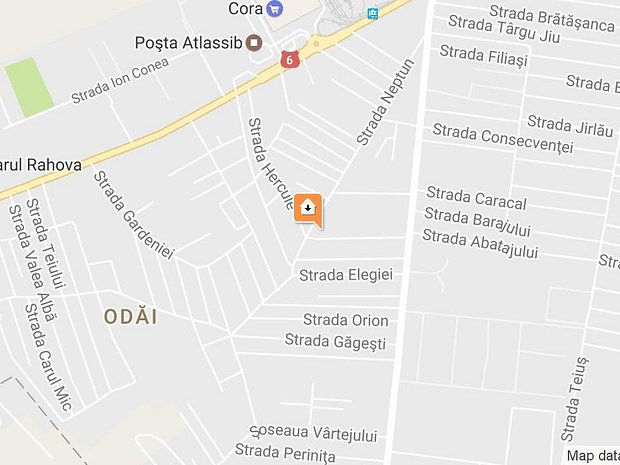

In humans, the diploid number of chromosomes is 4.ĭoubled Haploids versus Conventional Breeding in CIMMYT Wheat Breeding Programs Huihui Li, Ravi P. However, after meiosis, the number of chromosomes in gametes is halved. Haploid is the term used when a cell has half the usual number of chromosomes.Ī normal eukaryote organism is composed of diploid cells, one set of chromosomes from each parent. Simple English Wikipedia, the free encyclopedia. This report provides an assessment and evaluation of the use of doubled haploid lines (DHs) to accelerate breeding and gene discovery in wheat breeding.ĭH breeding. A DOUBLED HAPLOID LABORATORY FOR KANSAS WHEAT BREEDING.Snape JW (1989) Doubled haploid breeding.
 Development of a Sorghum Doubled Haploid Breeding System Published on () Development of a Sorghum Doubled Haploid Breeding System Award Information Agency: Department of Agriculture Branch n/a. Haploids: Constraints and opportunities in plant breeding. Identifying putative haploids is a key issue in haploid breeding. This became possi-ble by substantial progress in the in vivohaploid induc-tion. ABSTRACT - In the last three to five years, doubled hap-loid (DH) lines have increasingly been used in maize (Zea maysL.) research and breeding. Definition (Science: Cell Biology, Genetics) noun (1) The number of chromosomes in a gamete of an organism, symbolized by n. The future for DH breeding is promising because robust DH protocols are available for an ever- growing number of crops and future applications will see a closer integration with molecular- marker and gene- splicing technologies. To date, hundreds of DH- derived cultivars have been developed worldwide. The technology can also be used to accelerate development of germplasm with new genes of interest and to generate cytogenetic stocks. Doubled haploid technology can be integrated with marker- assisted breeding for greater efficiency and to craft the DH population for particular traits. However, prior to implementing a DH breeding program, the breeder should consider factors such as the potential for linkage drag, types of crosses to be used and whether production resources are sufficient to produce the DH populations necessary for success.
Development of a Sorghum Doubled Haploid Breeding System Published on () Development of a Sorghum Doubled Haploid Breeding System Award Information Agency: Department of Agriculture Branch n/a. Haploids: Constraints and opportunities in plant breeding. Identifying putative haploids is a key issue in haploid breeding. This became possi-ble by substantial progress in the in vivohaploid induc-tion. ABSTRACT - In the last three to five years, doubled hap-loid (DH) lines have increasingly been used in maize (Zea maysL.) research and breeding. Definition (Science: Cell Biology, Genetics) noun (1) The number of chromosomes in a gamete of an organism, symbolized by n. The future for DH breeding is promising because robust DH protocols are available for an ever- growing number of crops and future applications will see a closer integration with molecular- marker and gene- splicing technologies. To date, hundreds of DH- derived cultivars have been developed worldwide. The technology can also be used to accelerate development of germplasm with new genes of interest and to generate cytogenetic stocks. Doubled haploid technology can be integrated with marker- assisted breeding for greater efficiency and to craft the DH population for particular traits. However, prior to implementing a DH breeding program, the breeder should consider factors such as the potential for linkage drag, types of crosses to be used and whether production resources are sufficient to produce the DH populations necessary for success. 
Operational efficiencies have been improved and biological impediments reduced to make DH breeding cost effective. A major concern of implementing doubled haploid breeding is production costs, which can be divided into two major categories: operational limitations, such as methods of labeling plants and biological limitations, such as the proportion of germinating embryos. Not only are traits fixed for selection but the multiple generations of inbreeding required using traditional breeding methods are circumvented. Doubled haploid (DH) production has become an important tool in plant breeding largely due to its capacity to produce completely homozygous plants in one generation.







 0 kommentar(er)
0 kommentar(er)
